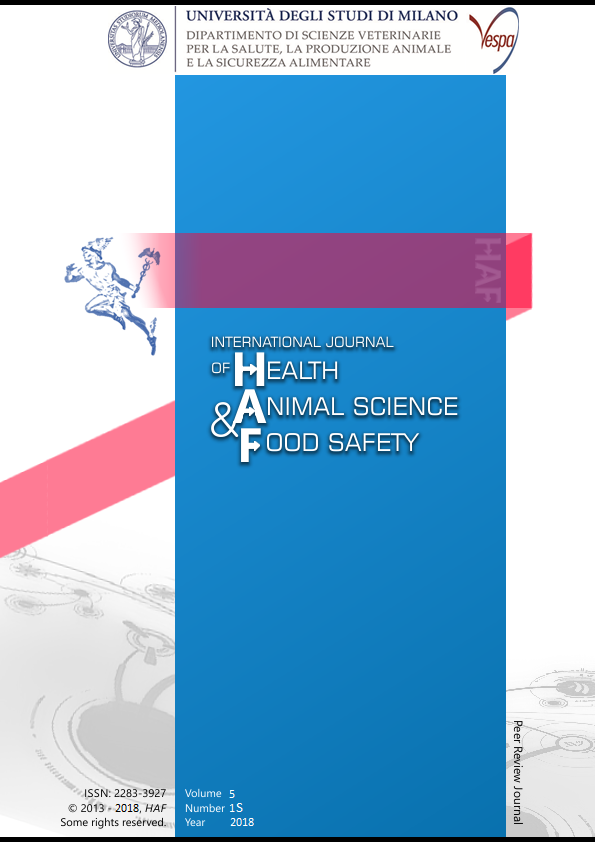Abstract
Mycobacteria in cats are responsible for cutaneous or visceral disease, often with systemic involvement (Gunn-Moore et al., 2011). Infection can be sustained by tuberculous (e.g. M.bovis) and non-tuberculous mycobacteria (e.g. M.avium and M.lepraemurium) (Lee et al., 2017). The aim of this study is to evaluate the distribution of the lesions in feline visceral mycobacteriosis.
Twenty-nine necropsy cases of feline visceral mycobacteriosis, conferred from 1965 to 2017, were studied. On histopathology hematoxylin-eosin and acid-fast stains were performed. Mycobacteria strains were identified by microbiological and molecular methods.
Twenty-three out of 29 cases were submitted for necropsy in autumn and winter. When breed was known: nine cats were Persian, 8 Siamese and 10 crossbreed. In 17 out of 24 cases where age was known, it was lesser than 5 years. Two cases had lesions confined to the digestive system, 3 to the respiratory system, while 24 cases were systemic forms. Thirteen cases out of 29 were identified: 2 as Mycobacterium spp, 7 as M.bovis and 4 as M.avium.
Siamese, Persian breeds and young cats were overrepresented as already described (Gunn-Moore, 2014). The occurrence of mycobacterioses in our cases was higher during cold seasons, contrary to the man in which tuberculosis is a long term localized disease, more often diagnosed in summer even if acquired in winter; in cat the disease tends to generalize making shorter the course of the disease (Fares, 2011). This is confirmed by lesions’ distribution that indicates a greater occurrence of systemic compared to localized forms. Features of gastrointestinal lesions indicate the alimentary as the primary route of infection (Fig.1). Since the most recent cases were sustained exclusively by M.avium, while older cases were caused by M.bovis, a switching in the most diffused species or a different source of infection might occurred in the last years (Pesciaroli et al., 2014).
Riferimenti bibliografici
Fares A., 2011. Seasonality of Tuberculosis. Journal of Global Infectious Diseases. 3(1), 46-55.
Gunn-Moore D.A., McFarland S.E., Brewer J.I., Crawshaw T.R., Clifton-Hadley R.S., Kovalik M., Shaw D.J., 2011. Mycobacterial disease in cats in Great Britain: I. Culture results, geographical distribution and clinical presentation of 339 cases. Journal of Feline Medicine and Surgery. 13(12), 934 - 944.
Gunn-Moore D.A., 2014. Feline mycobacterial infections. The Veterinary Journal. 201(2), 230-238.
Lee SH., Go D.M., Woo S.H., Park H.T., Kim E., Yoo H.S., Kim D.Y., 2017. Systemic Mycobacterium kansasii infection in a domestic shorthair cat. Journal of Comparative Pathology. 157(2-3), 215-219.
Pesciaroli M., Alvarez J., Boniotti M.B., Cagiola M., Di Marco V., Marianelli C., Pacciarini M., Pasquali P., 2014. Tuberculosis in domestic animal species. Research in Veterinary Science. 97, S78–S85.
This work is licensed under a CC BY-SA 4.0 international

